What about the idea of going to Germany for football cup?
Today, our story will be about Germany - a country known for its order, calculation, discipline, beer, cars, and football!
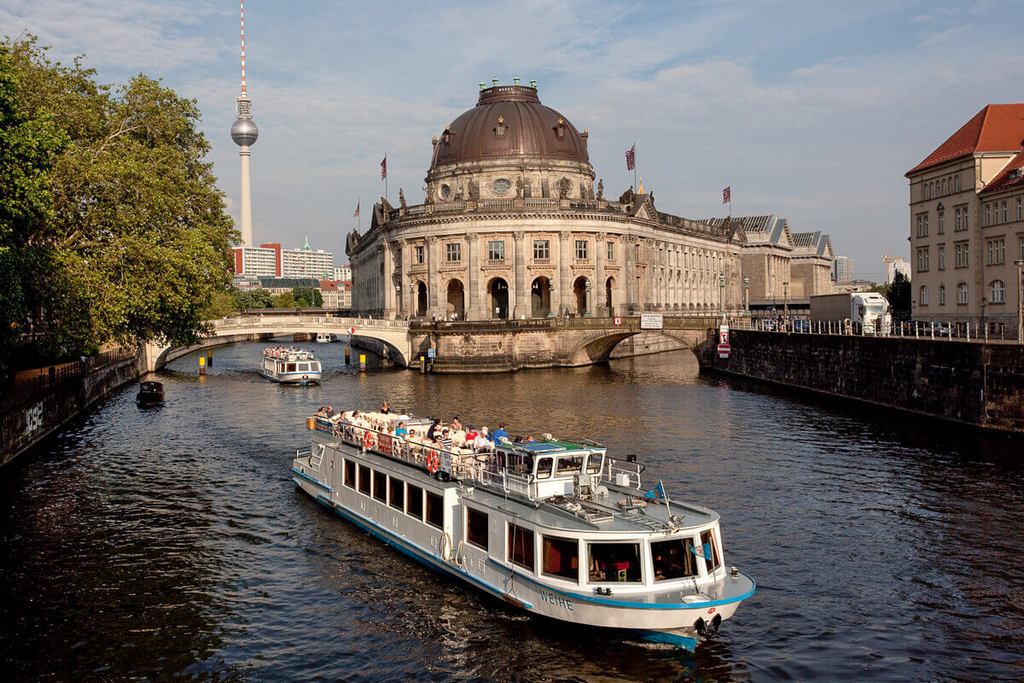
Germany is one of the most visited tourist destinations in Europe. Surely many of you have been to Germany as tourists, visited friends, or just passed through. But the most populous country hides many interesting and memorable attractions. Germany, one of Europe's most visited countries by tourists, is located in the center of the European Union and shares borders with nine countries. The largest cities in the German state include Berlin, with a population of over 3.5 million people, Hamburg, Munich, Cologne, Frankfurt am Main, Stuttgart, Düsseldorf, Leipzig, and several others.
History
Let's skip the ancient history of the tribes that inhabited today's territory of Germany during the Paleolithic and Bronze Ages. Philosophers and historians describe the Germanic tribes more or less clearly in the 1st millennium BC when several groups emerged from the ancient Celts, Balts, Slavs, and Vikings, settling in territories between and along the Rhine, Main, and Weser rivers - these were the Batavians, Bructerians, Chatti, Chamavi, Marsi - now parts of the Netherlands and Belgium, plus the Chauci, Frisians - along the North Sea coast, the Lombards, Cherusci, and Hermunduri – territories between the Weser and Elbe rivers, and between the Elbe and Oder rivers were several tribes – the Suebi, Semnones, Lugii.
The photo is from wikipedia_org
Between the Oder and Vistula rivers lived several Germanic tribes – among them the Vandals, Burgundians, and Goths – now the territory of Poland. Modern Bavaria and parts of Austria and Switzerland were inhabited by the Marcomanni and Quadi, while modern Sweden was home to the Suiones (the ethnonym Swea gave the name to Sweden – Swēorice or now Sverige) and the Geats.
Over several centuries, the tribes grew, began to unite into alliances – the Alemanni, Goths, Saxons, Franks – to conquer more lands. In the 2nd century AD, these alliances began to invade the Western Roman Empire, ultimately leading to its collapse in the 5th century. From the 5th to the 8th century, the alliances subjugated most of the former Western Roman Empire. The Franks played a huge role in these conquests, a name that the Frankish state would bear for a long time, and later, after its division – the East Frankish Kingdom. From 768, the Frankish king Charlemagne conquered lands in Bavaria, Italy, parts of Spain and France, and in 800 he was proclaimed Roman Emperor.
The photo is from krugosvet_ru website.
After Charlemagne, his sons could not maintain power and order in the kingdom. Constant wars between the eastern and western parts, devastating raids by Norwegians and Danes led to the division of the entire Frankish kingdom in 843 into West Francia (modern France, Belgium, Netherlands), East Francia, and Lotharingia (territories of modern France, Germany, Austria, Switzerland, Italy, etc.).
From East Francia, we can trace the roots of the modern German state. The German Kingdom was first mentioned in historical documents in 919, comprising the duchies of Saxony, Franconia, Swabia, Bavaria, Thuringia, and Lorraine, annexed in 870. In 962, Frankish King Otto the First assumed the title of emperor of the Franks and Romans, leading to the formation of the Holy Roman Empire of the German Nation, a vast union of Italian, Balkan, German, Frankish, and West Slavic states, lasting until 1806. The emperor's residence, and later the Reichstag, Germany's highest legislative body, was in Regensburg, Bavaria.
The photo is from wikipedia_org 1400
By the early 19th century, the Holy Roman Empire was fragmented into numerous principalities and cities, lacking centralization and dominated by primitive feudal laws and serfdom, with backwardness in science and industry. The more advanced French Empire, led by Napoleon, forced German Emperor Franz II to abdicate, dissolving the Holy Roman Empire and creating the Confederation of the Rhine, which allied with Napoleon. Napoleon implemented his civil code across the union's principalities, abolishing serfdom and most feudal privileges.
After Napoleon's defeat in 1813, the Confederation of the Rhine collapsed. In 1815, the Congress of Vienna established the German Confederation, uniting the Austrian Empire, the kingdoms of Bavaria, Saxony, Württemberg, West Prussia, and Hanover (part of the Kingdom of England), several principalities like Luxembourg (part of the Netherlands) and Holstein (a Danish principality), plus four independent city-republics: Bremen, Frankfurt, Hamburg, and Lübeck. The capital of the German Confederation was Frankfurt am Main.
Meanwhile, East Prussia, part of the Prussian kingdom but not the German Confederation, stretched along the North Sea, covering modern Poland and the Baltics, with its capital in Königsberg. By 1866, East Prussia had increased its military strength, initiating the Seven Weeks' War with Austria, which frequently interfered in German politics.
After Austria's defeat, there was a redistribution of land and the annexation of several German principalities into the German Confederation, forming the North German Confederation. This new entity had a structure similar to modern Germany, with its capital in Berlin, where the Reichstag was seated, including representatives from each German state. Shortly after, the North German federal constitution was adopted.
To create modern Germany, the union was only missing a few kingdoms. Using political intrigue, the Second Austro-Prussian War was initiated, after which, in 1871, Bavaria, Baden, and Württemberg (with its capital Stuttgart) joined the now German Empire. The first Emperor of Germany was the Prussian King Wilhelm I, who appointed the Reich Chancellor, responsible for foreign and domestic policy. Based on universal suffrage, the Reichstag was elected, consisting of 297 deputies. In the German Empire of that time, the power of the upper classes still prevailed, but much had already been achieved – a unified budget, electoral rights, several branches of the judiciary system, railways, a unified postal system, which served as a catalyst for the country's economic development.
Modern Germany consists of 16 sovereign federations or states, each of which can determine its form and composition of governance.
What are the largest cities in Germany?
Berlin
Did you know that Berlin is nine times larger than Paris? In terms of its expansiveness, Berlin is reminiscent of Bangkok and boasts a network of canals longer than Venice or Amsterdam - 180 km (about 112 miles) of waterways, linked by 1700 bridges!
The Berlin Zoo, which opened back in 1844, is today the oldest zoo in the country and holds the title for the most species-rich zoo, housing 1300 different species of animals including elephants and bears, giraffes and hippos, and various species from all corners of the earth. The Berlin Zoo is committed to preserving and increasing the population of rare and endangered species and is undoubtedly worth a visit!
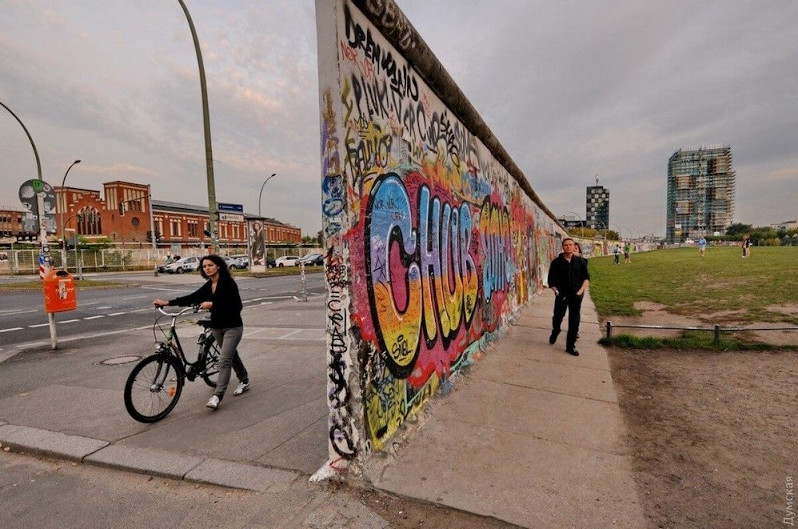
Be sure to visit Berlin's historical sites: the Berlin Wall, Berlin Cathedral, Brandenburg Gate, and the Reichstag! And if you stay at the five-star Radisson Blu, you'll be able to see, without exaggeration, the stunning AquaDom, the world's largest cylindrical aquarium, home to schools of sharks, octopuses, and catfish living at the bottom. The aquarium houses 1500 living creatures!
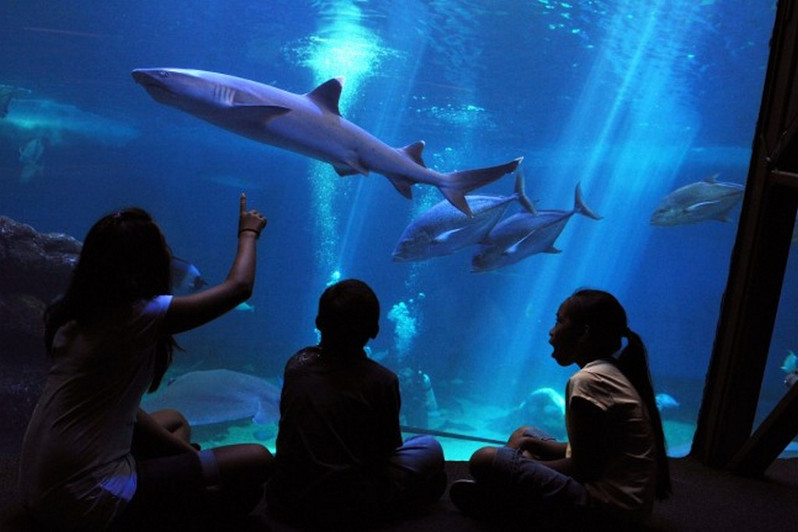
After such a spectacle, you'll also want to head to the sea, but there's no need to travel far - just 70 km away is the world's largest indoor water park, Tropical Islands. You can get there by suburban train or take advantage of the free shuttle bus that runs between the station and the water park. Young sports enthusiasts, especially football fans, will surely enjoy a trip to the famous Berlin Olympic Stadium, which is the home arena of the "Hertha" football club and the German national team.
Cologne
Cologne is one of Germany's oldest cities, famous for its main sanctuary, one of the oldest Gothic cathedrals in Europe, the Cathedral of Saint Peter and the Blessed Virgin Mary, with its sky-piercing spires, full of legends and stories.
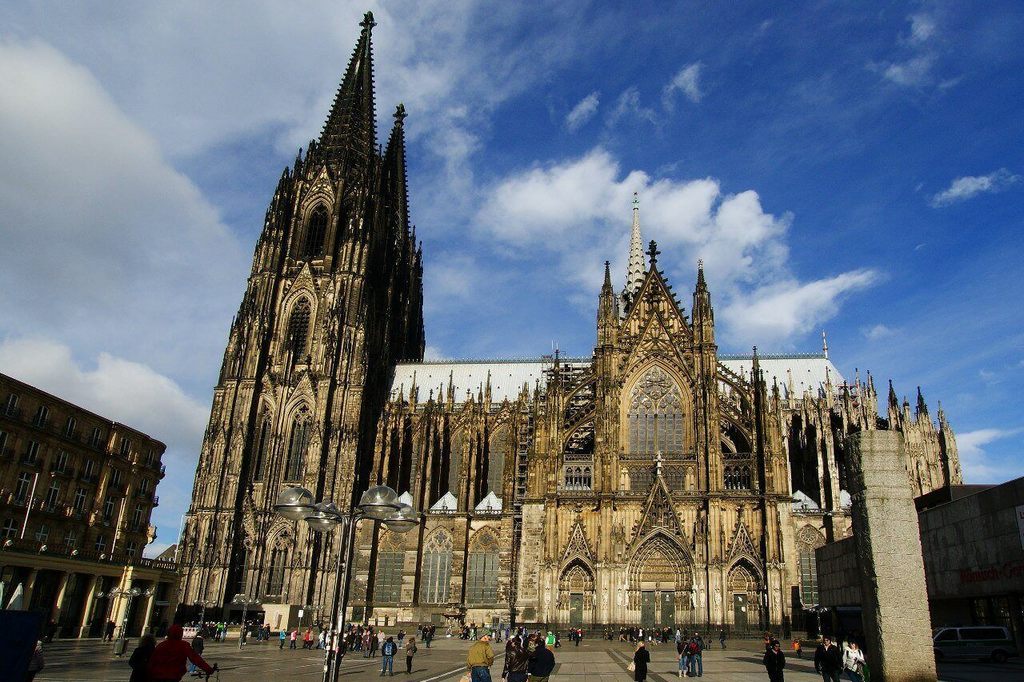
The Cologne Cathedral is an astonishing monumental creation, standing at 157 meters tall. Every minute detail seems to be carved out of dark stone, as if all its patterns, soaring upwards in Gothic lines, were the result of stonemasons' work rather than plaster. Just imagine its size – an ordinary 15-story residential building with 3-meter high ceilings would only be 45 meters tall! To take a full-height photo of a person against the cathedral, you'd need to lower the camera to the ground!
You can diversify your stay in the city by visiting the amusing Heinzelmännchen fountain, which locals call "the fountain of offended gnomes," or by walking across the Hohenzollern Bridge over the Rhine River, trying Cologne beer with traditional cuisine.
Düsseldorf
Düsseldorf is a city in western Germany, home to the head offices of many of the country's major banks and companies.
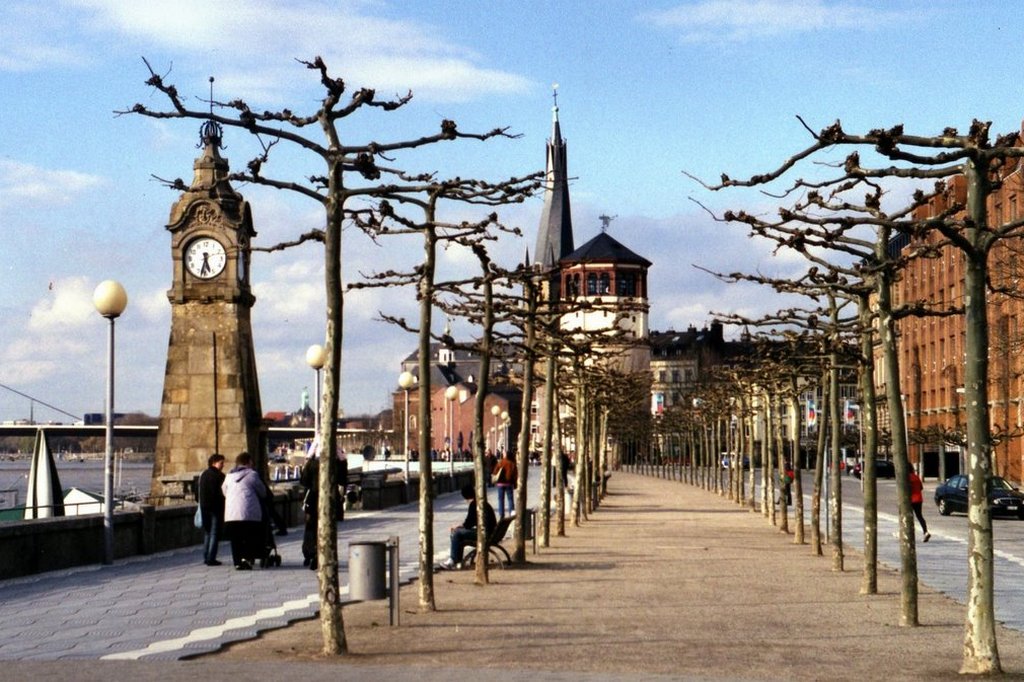
Düsseldorf's main historical attraction, the Old Town (Altstadt), is also known as "the longest bar in the world" because it is here that over 260 pubs, restaurants, and nightclubs are located side by side.
Visiting the vibrant Düsseldorf, you'll feel how history and modernity seamlessly blend together. You will see not only a city of the 21st century but also ancient streets, squares, and temples: the Castle Tower, the stunning St. Andrew's Church, St. Lambertus Basilica, Heine's house, and the City Hall.
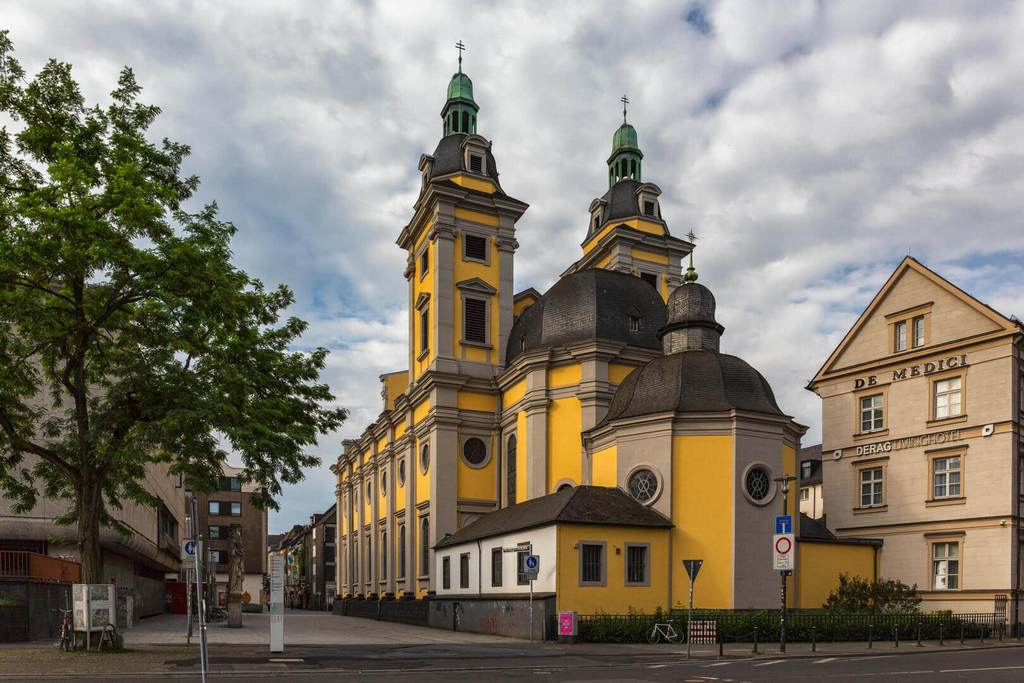
The city's modern "calling cards" will add to the impressions: the picturesque promenade and the splendid Media Harbour, which is given to young designers and artists for creative experiments, as well as Wilhelm Marx House - one of Germany's first high-rise buildings and the Rhine Tower for television and radio broadcasting.
Hamburg
The name of the city translates to "Free," one of the port cities in Europe, located at the point where the Elbe River flows into the North Sea.
Hamburg and its citizens are rightfully proud of their history!
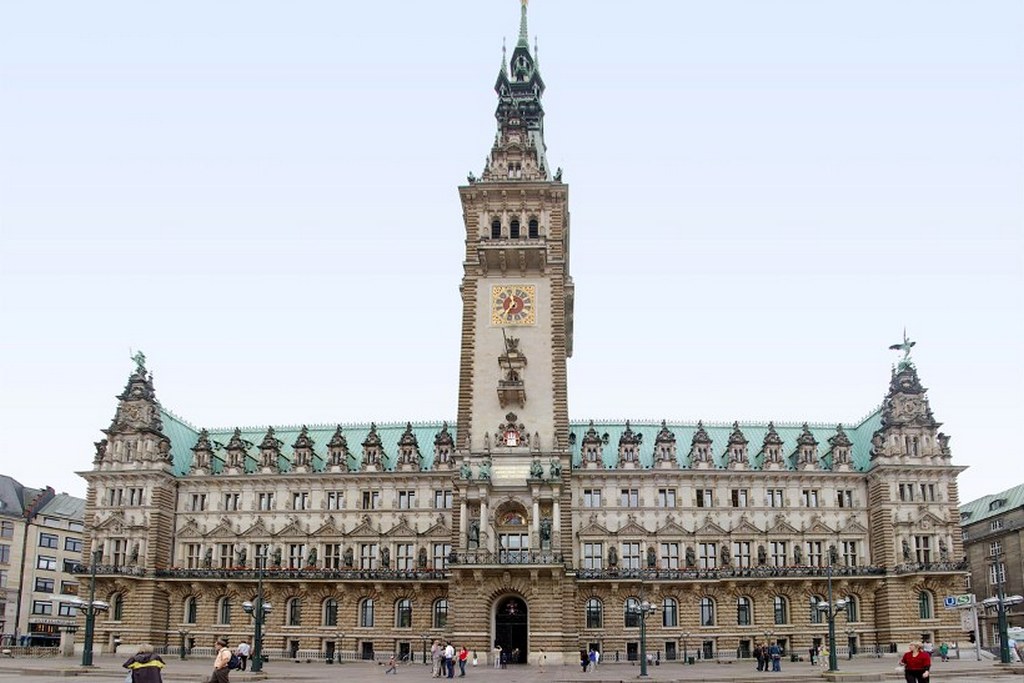
At the beginning of the 19th century, the city was an independent city-state. The motto of the city, inscribed on the city hall building, reads: "The freedom our forefathers earned for us, let the descendants preserve with honor."
Today, Hamburg is Germany's largest port and the second-largest in Europe.
The city is divided into the "old" and "new" town and can offer the most discerning tourist fascinating places to visit. The neo-Renaissance-style City Hall, where the city's mayor and senate are located, the Neo-Gothic Church of St. Nicholas with a 150-meter tower, the Bismarck monument on Helgoländer Allee, the opera house, and the unique Elbphilharmonie building, ancient churches - all have their unique character and will leave unforgettable impressions.
Hanover
This city is famed as the world's exhibition capital, located in the heart of Germany. Undoubtedly, one of the city's main attractions is the New Town Hall, the most beautiful in Europe. And the large Baroque-style Herrenhausen Garden, modeled on Versailles in 1666–1714, with two magnificent buildings still standing today - the Orangery and the Gallery - is Hanover's pride.
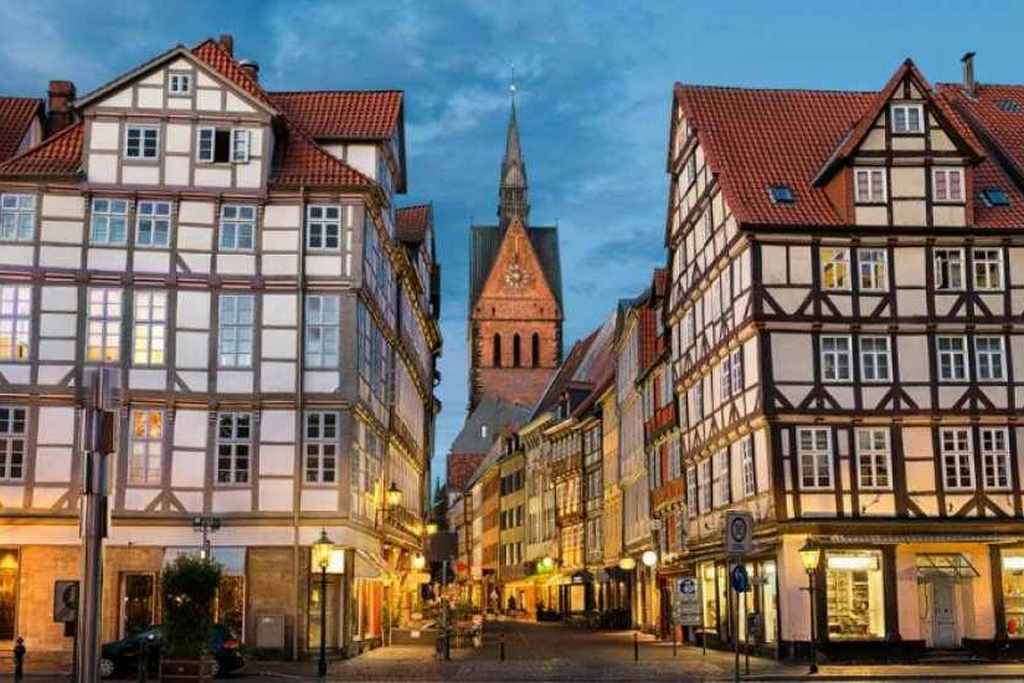
All the main attractions can be seen by following the "Red Thread" - a special tourist route over 4 km long, covering many of the city's most interesting places, including Kröpcke Square. Kröpcke Square is Hanover's main intersection, where folk festivals often take place, and a bustling shopping street runs underneath, from the main station to the Kröpcke metro station. The Market Church of St. George and St. James, together with the Old Town Hall, form a wonderful ensemble of the Market Square in the "brick Gothic" style.
Munich
Did you know that the famous Oktoberfest, a festival held annually in late September to early October, originated on October 12, 1810, in Munich, when all the residents were invited to celebrate the wedding of Prince Ludwig and Princess Therese of Saxe-Hildburghausen?
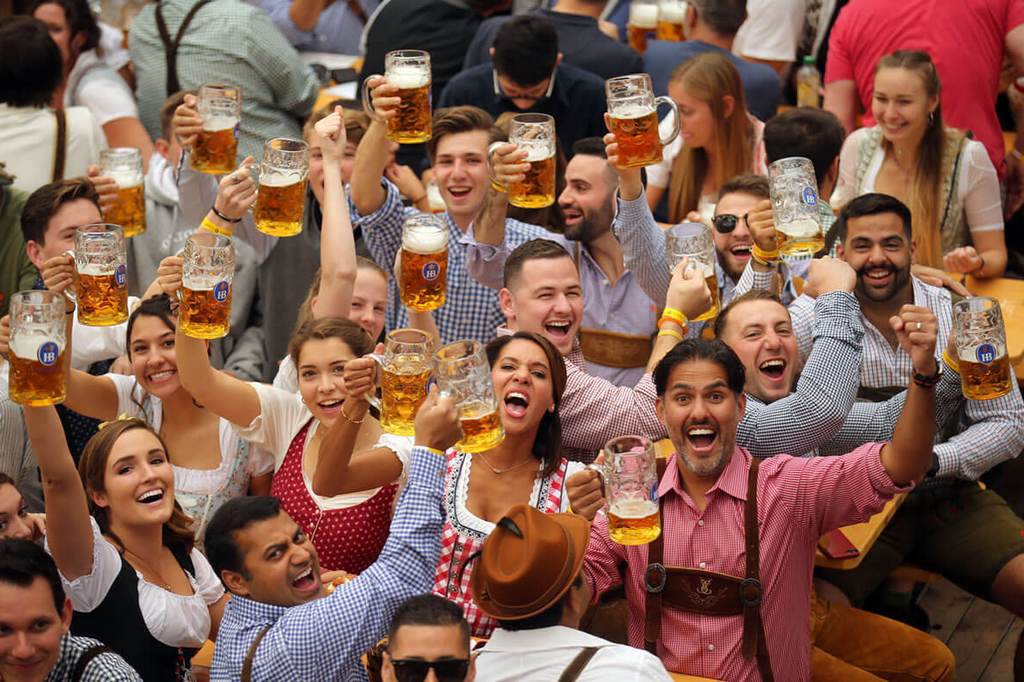
Munich also boasts an excellent zoo where not a single animal is caged, and lions and tigers are only 10 meters away from visitors. Munich, the city that hosted the 1972 Olympics, has many stylish and grand sports facilities from that era on the Olympic Village grounds, and nearby is the headquarters of the BMW Group.
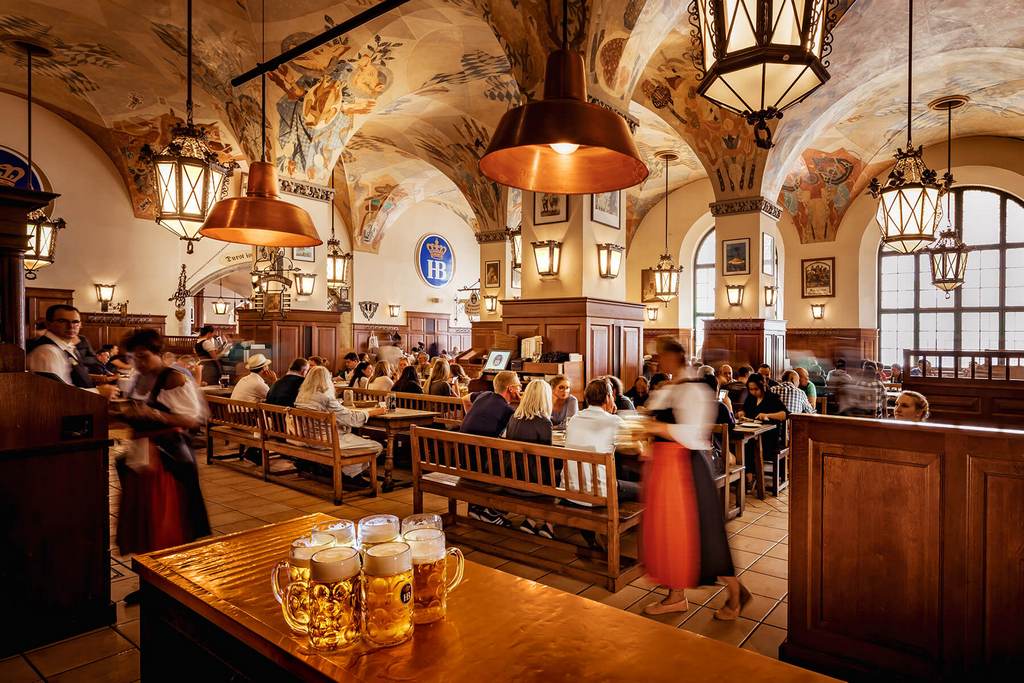
In Munich, in the heart of the old city, is the HB brewery. The Hofbraeuhaus brand is over 500 years old and was once a royal brewery that served as a place of relaxation for generations of "royal citizens". Several halls with high vaults and German flair feature live music from brass and bagpipes, lavishly traditional costumes worn by waitresses who manage to carry up to six!!! liter mugs of beer in each hand, robust tables, personal clay mugs under locks, regulars in traditional national dress, and excellent cuisine with Bavarian sausages of various lengths and compositions - all convey the atmosphere of medieval Germany! A must-visit! This establishment was once a favorite leisure spot for Hitler.
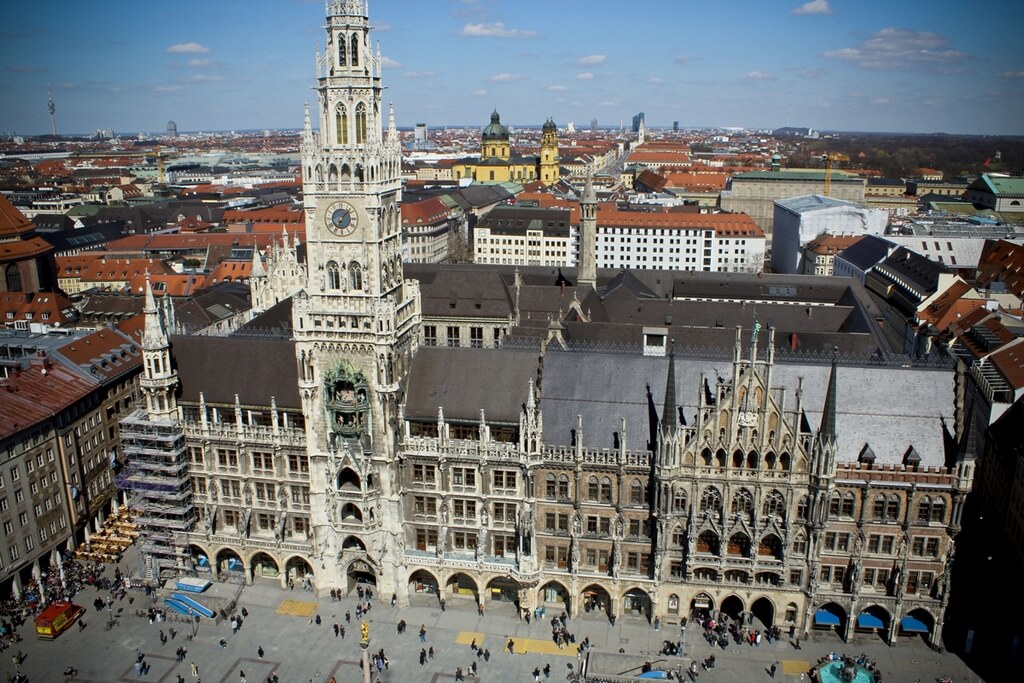
Despite being the most densely populated country in Europe with an extensive road network, a third of Germany is covered in forests! The Bavarian Alps, the Black Forest, and the Rhine Valley offer unforgettable experiences.
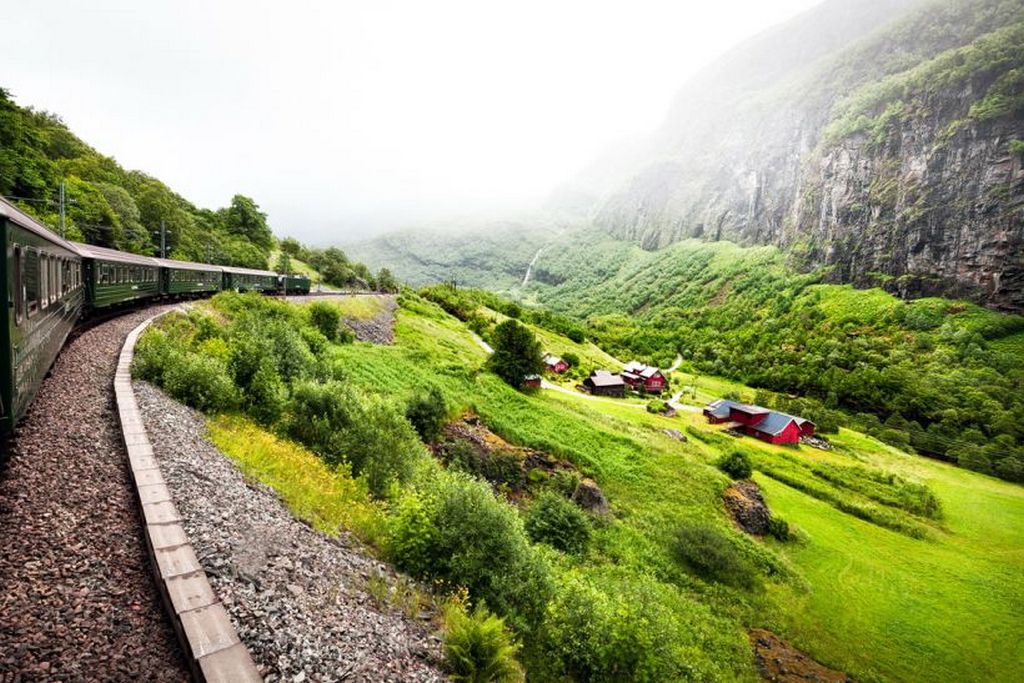
The picturesque Black Forest, with its hills cloaked in dark, dense trees, is one of the most frequented destinations in the southwest. It spans 160 kilometers from Pforzheim in the north to Waldshut on the Rhine in the south, making it a haven for travelers. Key attractions include the Black Forest Railway, Triberg Waterfall, and the Black Forest Open Air Museum.
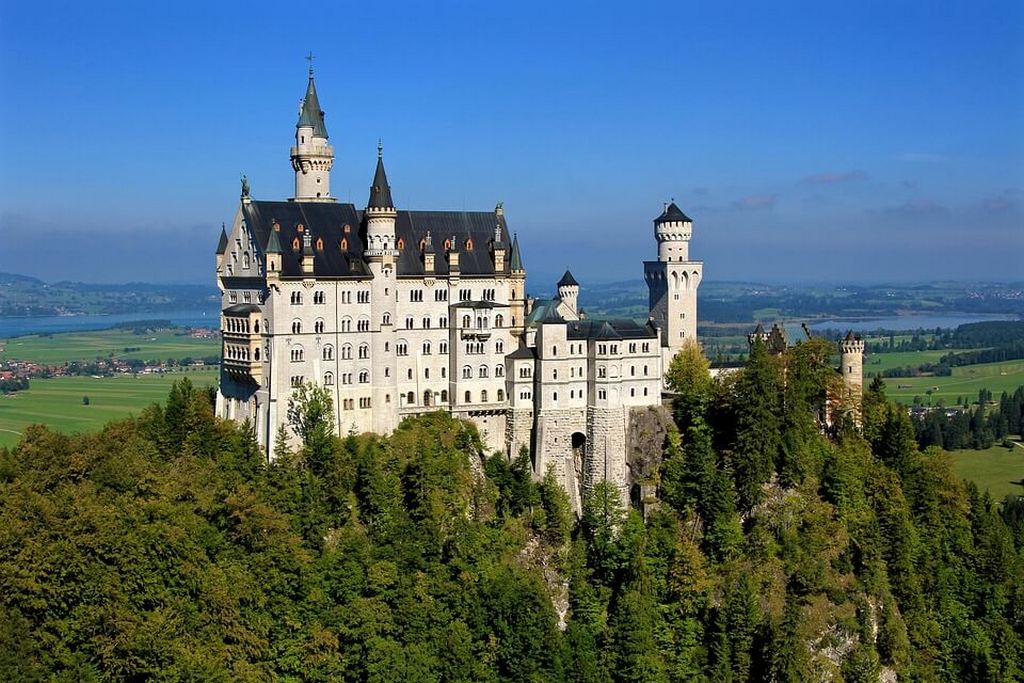
The list of Germany's beauties is endless: the enchanting Neuschwanstein Castle, Miniatur Wunderland and the historic port of Hamburg, the Rhine Valley, and more. However, it's best to see it all for yourself!
Famous Personalities
Otto von Bismarck – the first Chancellor of the German Empire, who sought to unite the disparate German kingdoms into a single empire.
Adolf Hitler – Chancellor of Germany, who started World War II.
Philosophers - Friedrich Engels, Wolfgang Goethe, Friedrich Nietzsche, Arthur Schopenhauer, Immanuel Kant.
Writers – Friedrich Schiller, Erich Maria Remarque, Thomas Mann.
Actors and singers – Marlene Dietrich, Til Schweiger, Thomas Anders and the cult band Modern Talking, Till Lindemann – vocalist of the world-famous band Rammstein.
The photo is from bigpicture_ru
Claudia Schiffer – world-famous model.
Franz Beckenbauer – a legend of German football.
Tennis players Steffi Graf and Boris Becker.
Michael Schumacher – legendary Formula 1 driver.
Engineers – Karl Benz, Ferdinand Porsche, Rudolf Diesel, Gottlieb Daimler, Wilhelm Maybach.
Composers – Ludwig van Beethoven, Johann Sebastian Bach, Richard Wagner.
Industrialists – Gustav Krupp, Robert Bosch, Adam Opel, Hugo Boss, Adi and Rudolf Dassler – founders of Adidas and Puma.
Germany has given the world a tremendous number of scientists, philosophers, composers, artists, businessmen, physicists, and chemists. Many world-famous personalities have German origins, from artists to heads of state.
Interesting facts about Germany
Сannot overlook such a unique attraction as the narrowest street in the world, located in Reutlingen. It's even listed in the Guinness Book of Records, with its narrowest point measuring only 31 cm across, and its widest point at 50 cm!
In the city of Regensburg is the world's oldest tavern, continuously serving and delighting visitors with its amazing sausages since 1146.
For the true athletes, visiting the world's tallest church - Ulm Minster in Ulm, standing at 161.5 m - will be a challenge! All those willing can climb up to a height of 141 meters, overcoming 768 steps! It's an excellent way to test your endurance.
Everyone has heard about the German autobahns, where the far left lane has no speed limit. However, it's worth noting the excellent driving culture in Germany - this lane is used by drivers only for overtaking and they immediately move back right. When entering the autobahn, others will give way to allow you to accelerate.
Another interesting fact - the tradition of searching for eggs hidden by a rabbit on Easter originated in Germany around the 17th century, when pagan and Christian traditions merged together.
Not to mention, the tasty gummy bears also hail from here, making their debut in 1920.
Few know, but the first concerts of the iconic "The Beatles" took place in the red-light districts of Hamburg for several years until some members were deported for misconduct.
Of course, Germany is filled with beautiful castles, magnificent palaces, and ancient buildings that are impossible to visit in one trip. Cities like Munich, Cologne, Frankfurt, Berlin, Leipzig, or Hamburg are simply treasure troves of historical sites and attractions for tourists.
Come for the competitions, travel, explore, and discover new pages of German culture and history for yourself!
Find Football tournament








